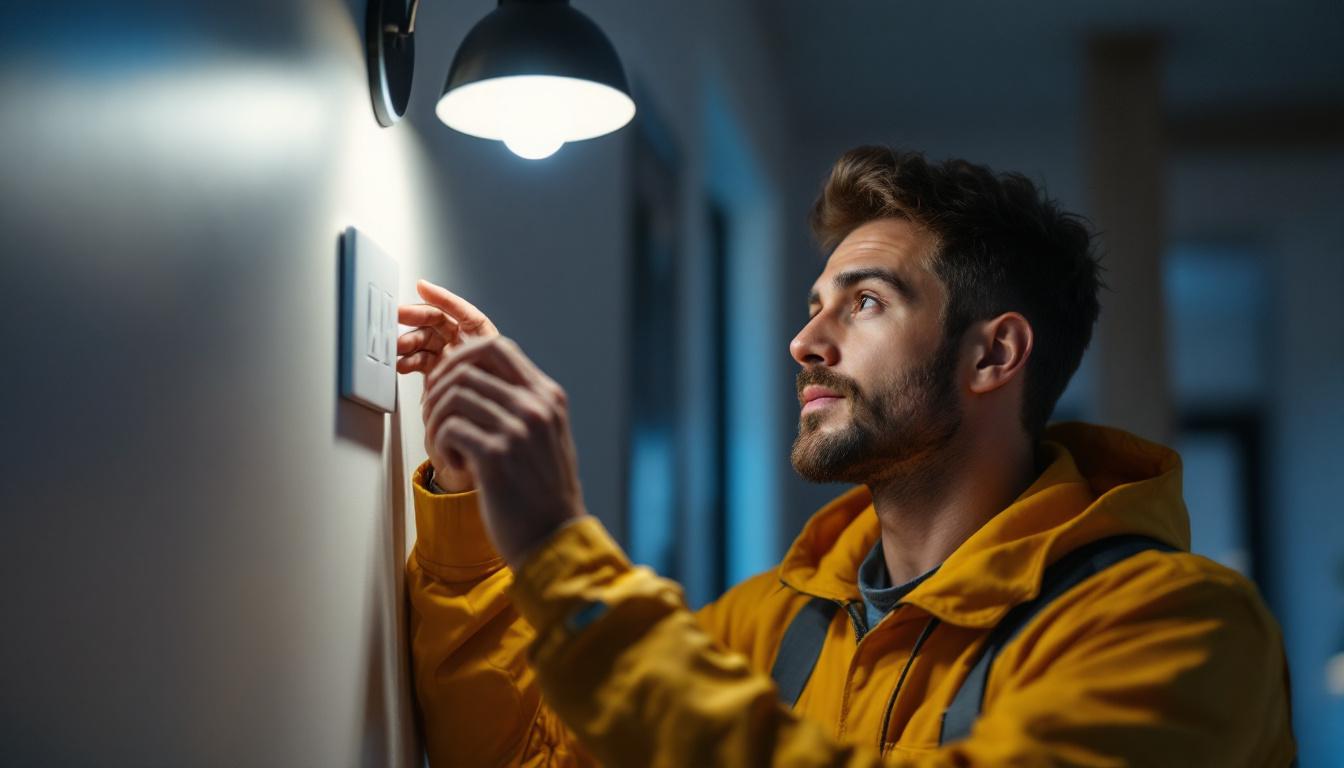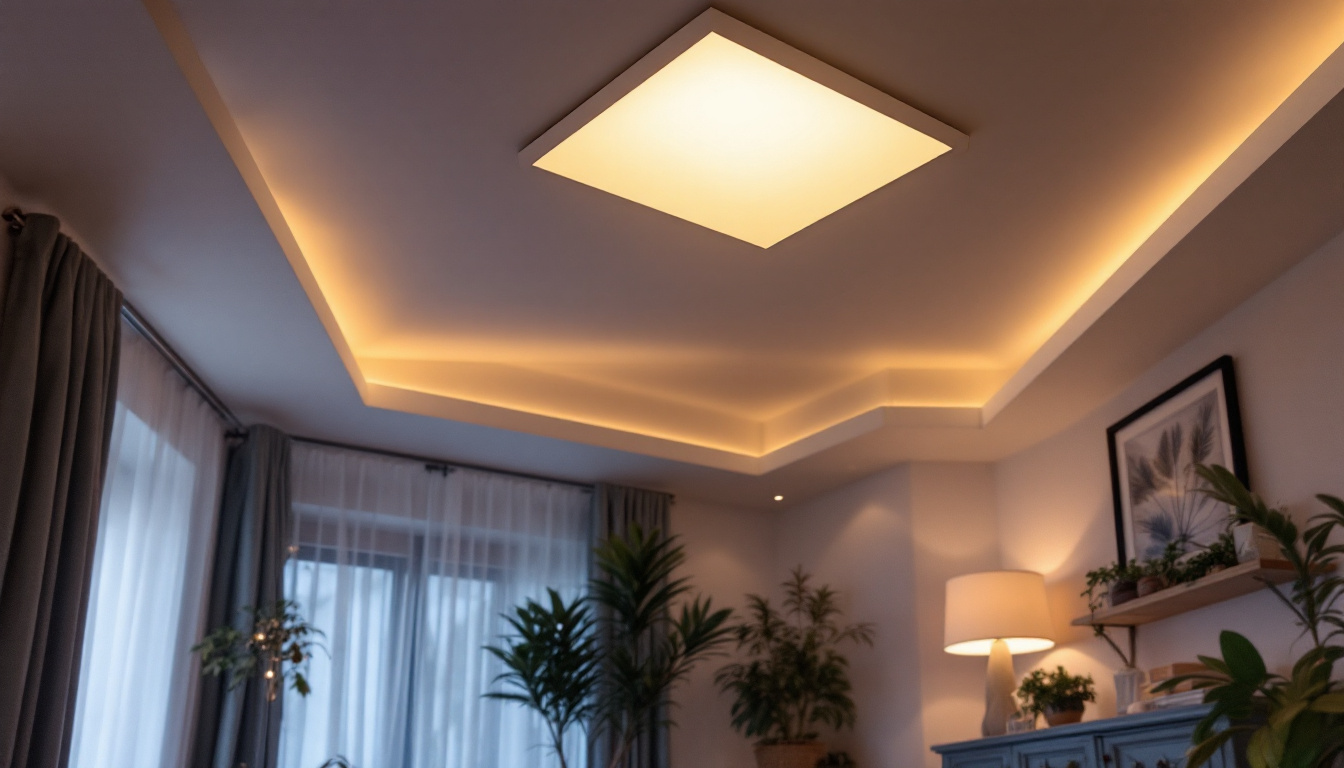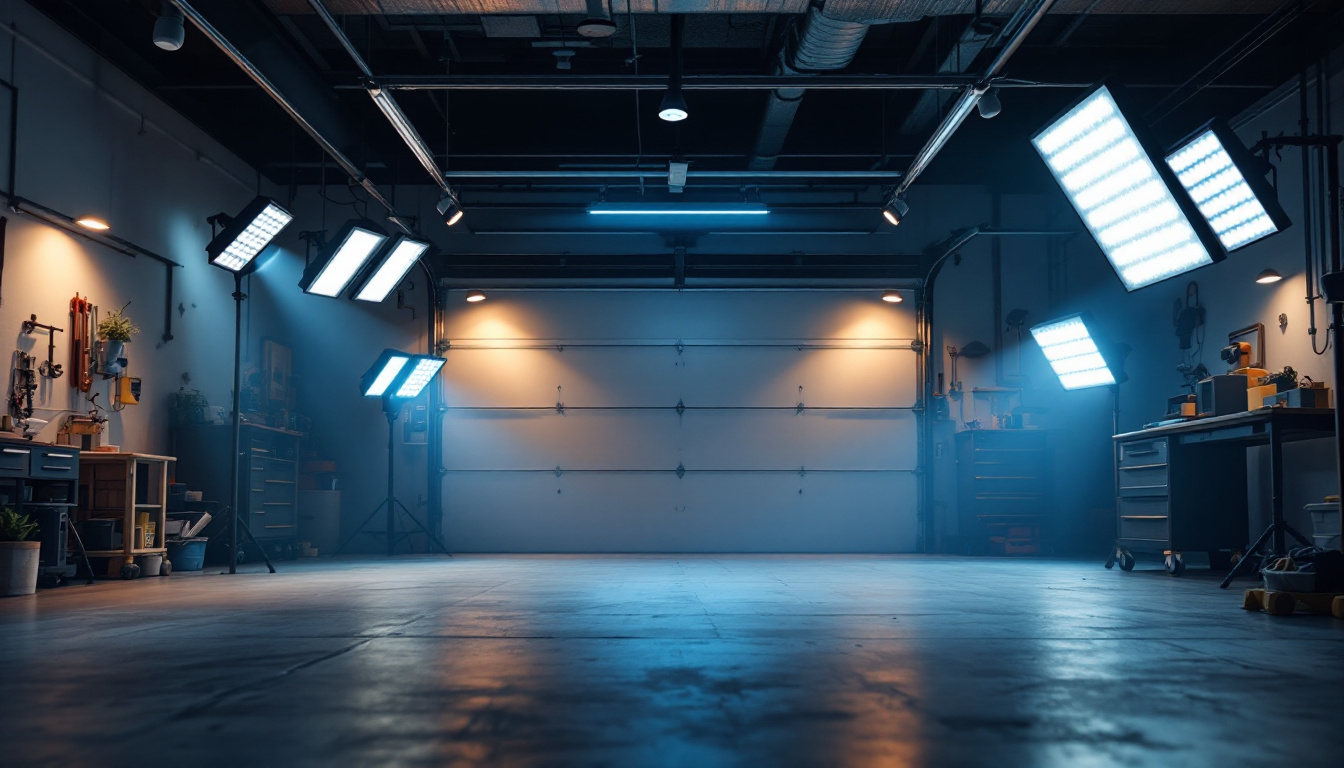
As the demand for sustainable and energy-efficient lighting solutions continues to rise, outdoor solar LED lights have emerged as a popular choice among homeowners and businesses alike. However, lighting contractors face a unique set of challenges when it comes to the installation and maintenance of these systems. Understanding these challenges is essential for contractors looking to thrive in this evolving market. This article delves into the top challenges lighting contractors encounter with outdoor solar LED lights and offers insights on how to overcome them.
One of the primary challenges that lighting contractors face is the complexity of solar technology itself. Solar LED lights operate on a system that includes solar panels, batteries, LED fixtures, and controllers. Each component plays a crucial role in the overall performance of the lighting system. Contractors must have a solid understanding of how these components interact to ensure proper installation and functionality.
Moreover, the efficiency of solar panels can vary significantly based on several factors, including geographical location, weather conditions, and the angle of installation. Contractors must be well-versed in these variables to provide tailored solutions that meet their clients’ specific needs. For instance, in regions with frequent cloud cover, contractors might recommend panels with higher efficiency ratings or suggest alternative mounting angles to maximize sunlight exposure. Additionally, understanding local regulations and incentives can also play a pivotal role in the decision-making process, as these can affect both the cost and feasibility of solar installations.
The selection of the right battery for solar LED lights is another critical aspect that contractors must navigate. Different batteries have varying lifespans, charge cycles, and performance characteristics. For instance, lithium-ion batteries are known for their longevity but can be more expensive, while lead-acid batteries are more affordable but may require more frequent replacements.
Contractors must also consider the battery management system, which ensures that the battery is charged efficiently and can deliver power when needed. A poorly managed battery can lead to inadequate lighting performance, frustrating clients and damaging the contractor’s reputation. Additionally, advancements in battery technology, such as the development of flow batteries and newer chemistries, are continually evolving the landscape. These innovations can offer contractors more options to meet specific energy needs, allowing for longer-lasting solutions that are better suited for various environmental conditions. Understanding these advancements and their implications can significantly enhance a contractor’s ability to provide cutting-edge solutions that stand the test of time.
Before installation, a thorough site assessment is essential to determine the best locations for solar LED lights. Evaluating sunlight exposure is a significant challenge, as contractors must identify areas that receive adequate sunlight throughout the day. Factors such as nearby trees, buildings, and other obstructions can significantly impact the performance of solar lights.
Contractors need to utilize tools and techniques for assessing sunlight exposure accurately. This may include using solar pathfinders or conducting shadow studies to ensure that the chosen locations will maximize solar energy absorption and, consequently, lighting performance. Additionally, understanding the seasonal variations in sunlight is crucial; for example, the angle of the sun changes throughout the year, which can affect how shadows are cast and how much light is available. By considering these factors, contractors can make informed decisions that enhance the efficiency and longevity of solar lighting systems.
Another challenge during the site assessment phase is understanding the client’s specific lighting needs. Different environments require different lighting solutions. For instance, a residential backyard may need ambient lighting for aesthetics, while a commercial parking lot may require brighter lights for safety and security.
Contractors must engage in thorough discussions with clients to understand their expectations and requirements. This dialogue not only helps in selecting the right products but also fosters a sense of trust and collaboration between the contractor and the client. It is also beneficial for contractors to present various lighting options, showcasing how different styles and intensities can affect the overall ambiance and functionality of the space. Furthermore, understanding the client’s budget constraints and long-term goals can lead to more tailored solutions, ensuring that the lighting not only meets immediate needs but also aligns with future plans for property development or landscaping changes.
Once the site assessment is complete, the next challenge is the actual installation of the solar LED lights. Proper mounting techniques are crucial to ensure that the lights function effectively. Incorrect installation can lead to issues such as inadequate lighting, damage to the equipment, or even safety hazards.
Contractors must be familiar with various mounting options, including pole mounts, wall mounts, and ground mounts. Each option has its own set of requirements and considerations, such as the weight of the fixtures, the type of surface they will be mounted on, and the angle of the solar panels. For instance, pole mounts are often preferred in open areas where they can capture maximum sunlight, while wall mounts might be more suitable for urban environments where space is limited. Understanding the unique characteristics of each mounting type can significantly impact the overall efficiency and longevity of the solar lighting system.
Moreover, the choice of mounting hardware is equally important. Using high-quality brackets and anchors can prevent premature wear and tear, especially in high-wind areas. Contractors should also consider the aesthetics of the installation; ensuring that the mounting solutions blend seamlessly with the surrounding environment can enhance the visual appeal of the solar lighting system.
Weather conditions can also pose significant challenges during installation. Rain, wind, and extreme temperatures can affect both the installation process and the performance of solar lights. Contractors must be prepared to adjust their schedules and installation techniques based on the weather forecast. For example, installing during high winds may require additional safety measures to secure the fixtures and prevent accidents.
Additionally, ensuring that the solar lights are weather-resistant is paramount. Contractors should choose products that are rated for outdoor use and can withstand various environmental conditions, including rain, snow, and high winds. It is also advisable to conduct a thorough inspection of the components before installation, checking for any potential vulnerabilities that could be exacerbated by harsh weather. Furthermore, the orientation of the solar panels should be optimized to capture sunlight effectively, taking into account seasonal changes in sun position and local climate patterns. This proactive approach not only enhances the functionality of the lights but also extends their operational lifespan, ensuring that they remain a reliable source of illumination for years to come.
While solar LED lights are generally low-maintenance compared to traditional lighting systems, they still require regular upkeep to ensure optimal performance. Dust, debris, and other environmental factors can accumulate on solar panels, reducing their efficiency over time. Contractors must educate clients about the importance of regular cleaning and maintenance.
Establishing a maintenance schedule can help contractors build long-term relationships with clients. Offering maintenance services not only adds value to the contractor’s offerings but also ensures that the solar lights continue to perform at their best, enhancing customer satisfaction.
As previously mentioned, the lifespan of batteries used in solar LED lights can vary. Eventually, batteries will need to be replaced, which can be a significant concern for both contractors and clients. Contractors must be proactive in addressing this issue by providing clients with clear information about the expected lifespan of their batteries and the signs that indicate a need for replacement.
Moreover, contractors should consider offering battery replacement services as part of their maintenance packages. This not only provides a continuous revenue stream but also reinforces the contractor’s commitment to customer satisfaction and product longevity.
Lighting contractors must navigate a complex landscape of local regulations and compliance requirements when installing outdoor solar LED lights. These regulations can vary significantly from one municipality to another and may include zoning laws, building codes, and electrical codes.
Contractors need to stay informed about these regulations to avoid potential legal issues and ensure that their installations meet all necessary standards. This may involve consulting with local authorities or seeking guidance from industry associations to remain compliant.
As sustainability becomes a focal point in many industries, lighting contractors are increasingly expected to incorporate eco-friendly practices into their operations. This includes sourcing materials responsibly, minimizing waste during installation, and educating clients about the benefits of solar lighting.
Contractors who prioritize sustainability not only enhance their reputation but also align themselves with the growing demand for environmentally friendly solutions. This can be a significant selling point when marketing services to potential clients.
The outdoor solar LED lighting market is becoming increasingly competitive, with numerous contractors vying for business. As more companies enter the market, it can be challenging to differentiate one’s services from others. Contractors must find ways to stand out, whether through exceptional customer service, innovative solutions, or unique product offerings.
Additionally, understanding market trends and pricing strategies is crucial. Contractors should regularly assess their pricing structures to ensure they remain competitive while still maintaining profitability. This may involve conducting market research to understand what competitors are charging and adjusting prices accordingly.
Another challenge in a competitive market is educating clients about the value of solar LED lights compared to traditional lighting options. Many clients may initially be hesitant to invest in solar technology due to perceived costs or misconceptions about performance.
Contractors must be prepared to articulate the long-term benefits of solar LED lights, including energy savings, reduced maintenance costs, and environmental impact. Providing case studies or testimonials from satisfied clients can help reinforce the value proposition and encourage potential customers to choose solar solutions.
Outdoor solar LED lights present a range of challenges for lighting contractors, from understanding complex technology to navigating regulatory requirements and market competition. By addressing these challenges head-on and adopting proactive strategies, contractors can position themselves for success in this growing market.
As the demand for sustainable lighting solutions continues to rise, contractors who invest in their knowledge, skills, and customer relationships will be well-equipped to thrive. Embracing the opportunities presented by outdoor solar LED lights not only benefits contractors but also contributes to a more sustainable future for all.
Ready to tackle the challenges of outdoor solar LED lighting and elevate your business? LumenWholesale is here to support you every step of the way. With our extensive selection of top-quality, spec-grade lighting products at unbeatable wholesale prices, you can confidently meet the demands of any project. Say goodbye to inflated markups and hello to reliable, high-performance lighting that won’t break the bank. Plus, with free shipping on bulk orders, you can enjoy the best value without any hidden fees. Don’t compromise on quality or cost—choose LumenWholesale for the perfect blend of affordability and convenience. Wholesale Lighting at the Best Value is just a click away.

Discover innovative cost-saving strategies for lighting contractors in the realm of solar and lighting.

Discover how leveraging a light fixture outlet can give lighting contractors a competitive edge in winning more bids.

Discover expert insights on recessed light square installations with our comprehensive guide.

Discover the transformative power of garage LED lights for lighting contractors.